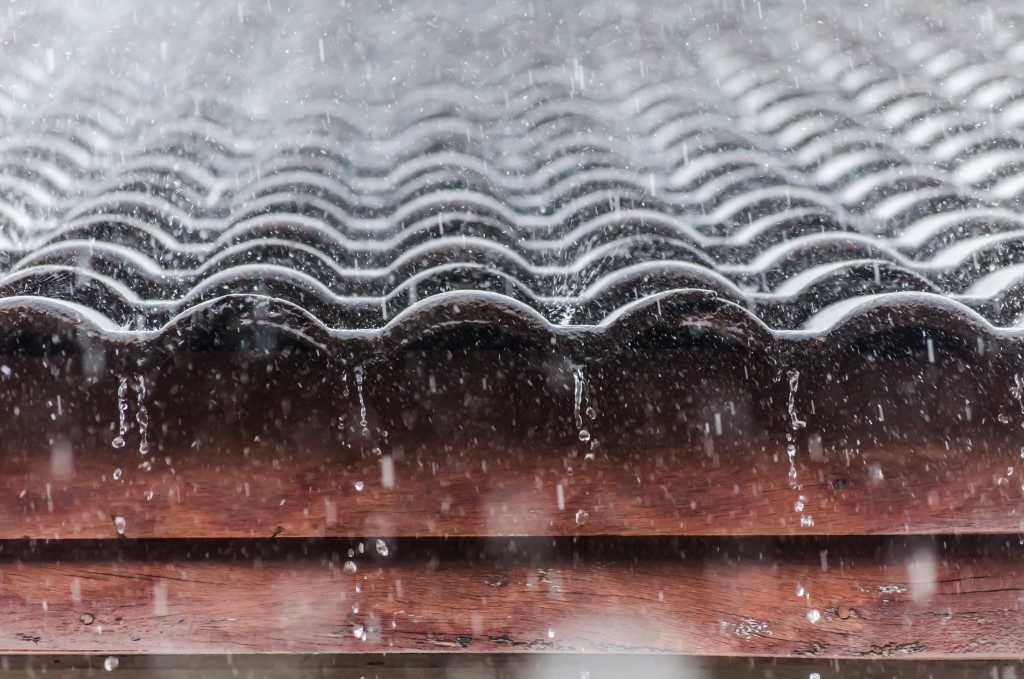In many parts of the world, there is a constant shortage of water for drinking and other home use. In Utah alone, people are finding themselves in a challenging new era for water. The pressure of water shortages in the nation’s third driest state is sobering.
And with forecasts saying that the number of people living in Utah doubling in the next 45 years, more stress will be placed on this already strained resource. Modern-day rainwater harvesting aims to resolve this problem.
This practice that began in the Middle East 4,000 years ago is again gaining popularity in recent decades. The idea behind this process is simple. It involves the collection of rainwater and the storage of this water for later use. Normally, water is collected from the roofs of the houses.
From this catchment area, water is directed to a rainwater storage tank or reservoir.
Harvesting Options
There are two main rainwater harvesting systems. The first one is the active harvesting system. In this option, roof gutters are generally used to divert the rainwater to one main location, which is either installed above or below ground. This method requires a switch or a valve to turn it on or off actively. The water can be pumped as needed to a faucet, an irrigation system or even through a filtration system and into the home for potable water use. Also, a regular rain gutter cleanout in Salt Lake City is required to ensure that the gutters are free of twigs and debris and to allow a continuous flow of water to the downspout. The second option, the passive harvesting system, freely works without the need of a person or a switch. This method requires the development of landscape features that allows rainwater to be put to immediate use into the landscape rather than capturing the water in cisterns or tanks. This is an incredibly effective method of water harvesting that every landscape system can benefit from.
Advantages of Rainwater Harvesting
 Reduced Water Bills. Water collected using the rainwater harvesting system can be drawn to use for several non-drinking functions, such as washing clothes, cleaning the car, and so on. For an average household, this translates to up to 40% to 50% savings on water bills. And more than helping individuals and families save on their water bills, this system can also cut costs for entire communities.
Reduced Water Bills. Water collected using the rainwater harvesting system can be drawn to use for several non-drinking functions, such as washing clothes, cleaning the car, and so on. For an average household, this translates to up to 40% to 50% savings on water bills. And more than helping individuals and families save on their water bills, this system can also cut costs for entire communities.
Reduced Demand on Ground Water. As the global population is increasing, sources of groundwater are also continuously being strained. This has led to the depletion of groundwater in some areas around the world. One of the main ecological benefits offered by the rainwater collection system is the reduction in the amount of water needed to be artificially drawn from the environment. It only makes sense to use sources of rainwater whenever possible to avoid further environmental damage.
Improved Plant Growth. Harvested rainwater is generally free from several types of human-made contaminants and pollutants. This makes it ideal for irrigation and watering gardens. Also, using clean and chemical-free water can help save money on overall landscape repair and maintenance needs.
The average household uses approximately 320 gallons of water every day, and about a third of that goes towards outdoor usage. In drought-prone areas like Utah, gardening can often be a challenge. Water harvesting provides many benefits to individuals, communities and the environment.











